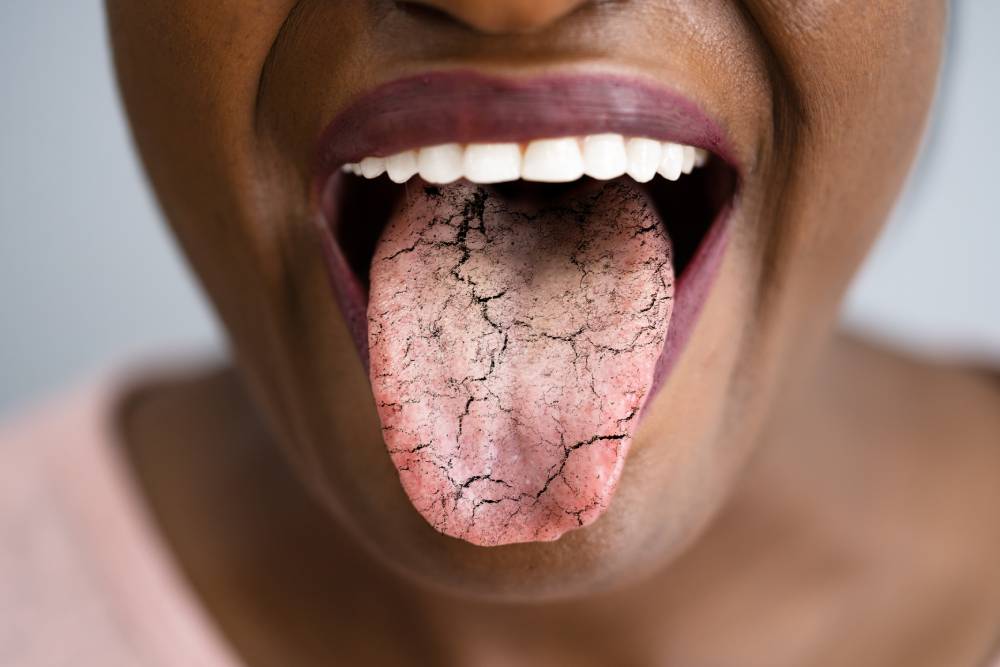What is Halitosis?
Halitosis is an oral health problem where the main symptom is having an offensive mouth odour. In most cases, finding the cause of the bad breath is the first step toward treating this preventable condition.
Causes: Most times Halitosis / Bad breath starts in your mouth, and there are many possible causes. They include;
1. Food
 The breakdown of food particles in and around your teeth can increase bacteria and cause a foul odor. Eating certain foods, such as onions, garlic, and spices, also can cause bad breath. After you digest these foods, they enter your bloodstream, are carried to your lungs, and affect your breath.
The breakdown of food particles in and around your teeth can increase bacteria and cause a foul odor. Eating certain foods, such as onions, garlic, and spices, also can cause bad breath. After you digest these foods, they enter your bloodstream, are carried to your lungs, and affect your breath.
2. Tobacco products

Smoking causes its own unpleasant mouth odor. Smokers and oral tobacco users are also more likely to have gum disease, another source of bad breath.
3. Poor dental hygiene
 If you don’t brush and floss daily, food particles remain in your mouth, causing bad breath. A colorless, sticky film of bacteria (plaque) forms on your teeth. If not brushed away, plaque can irritate your gums and eventually form plaque-filled pockets between your teeth and gums (periodontitis). Your tongue also can trap bacteria that produce odors. Dentures that aren’t cleaned regularly or don’t fit properly can harbor odor-causing bacteria and food particles.
If you don’t brush and floss daily, food particles remain in your mouth, causing bad breath. A colorless, sticky film of bacteria (plaque) forms on your teeth. If not brushed away, plaque can irritate your gums and eventually form plaque-filled pockets between your teeth and gums (periodontitis). Your tongue also can trap bacteria that produce odors. Dentures that aren’t cleaned regularly or don’t fit properly can harbor odor-causing bacteria and food particles.
4. Dry mouth

Saliva helps cleanse your mouth, removing particles that cause bad odors. A condition called dry mouth or xerostomia (zeer–o-STOE-me-uh) can contribute to bad breath because production of saliva is decreased. Dry mouth naturally occurs during sleep, leading to “morning breath,” and it worsens if you sleep with your mouth open. Chronic dry mouth can be caused by a problem with your salivary glands and some diseases.
5. Medications

Some medications can indirectly produce bad breath by contributing to dry mouth. Others can be broken down in the body to release chemicals that can be carried on your breath.
6. Infections in your mouth

Bad breath can be caused by surgical wounds after oral surgery, such as tooth removal, or as a result of tooth decay, gum disease or mouth sores.
7. Other mouth, nose, and throat conditions

Bad breath can occasionally stem from small stones that form in the tonsils and are covered with bacteria that produce odor. Infections or chronic inflammation in the nose, sinuses or throat, which can contribute to postnasal drip, also can cause bad breath.
8. Other causes
Diseases, such as some cancers, and conditions such as metabolic disorders, can cause a distinctive breath odor as a result of the chemicals they produce. Chronic reflux of stomach acids (gastroesophageal reflux disease, or GERD) can be associated with bad breath. Bad breath in young children can be caused by a foreign body, such as a piece of food, lodged in a nostril.
To be continued in the next blog post.



Very interesting details you have observed, appreciate
it for posting.Blog range